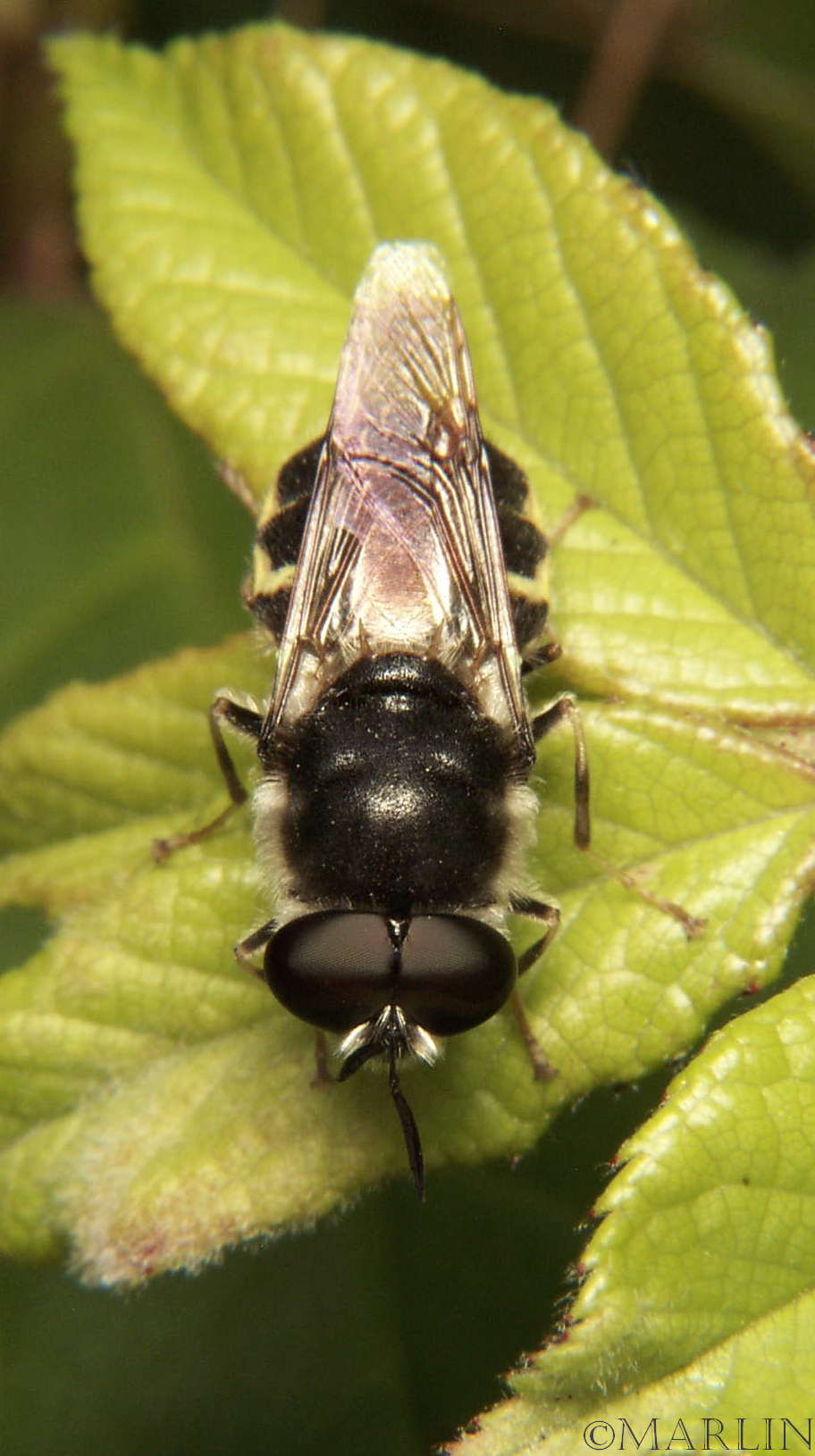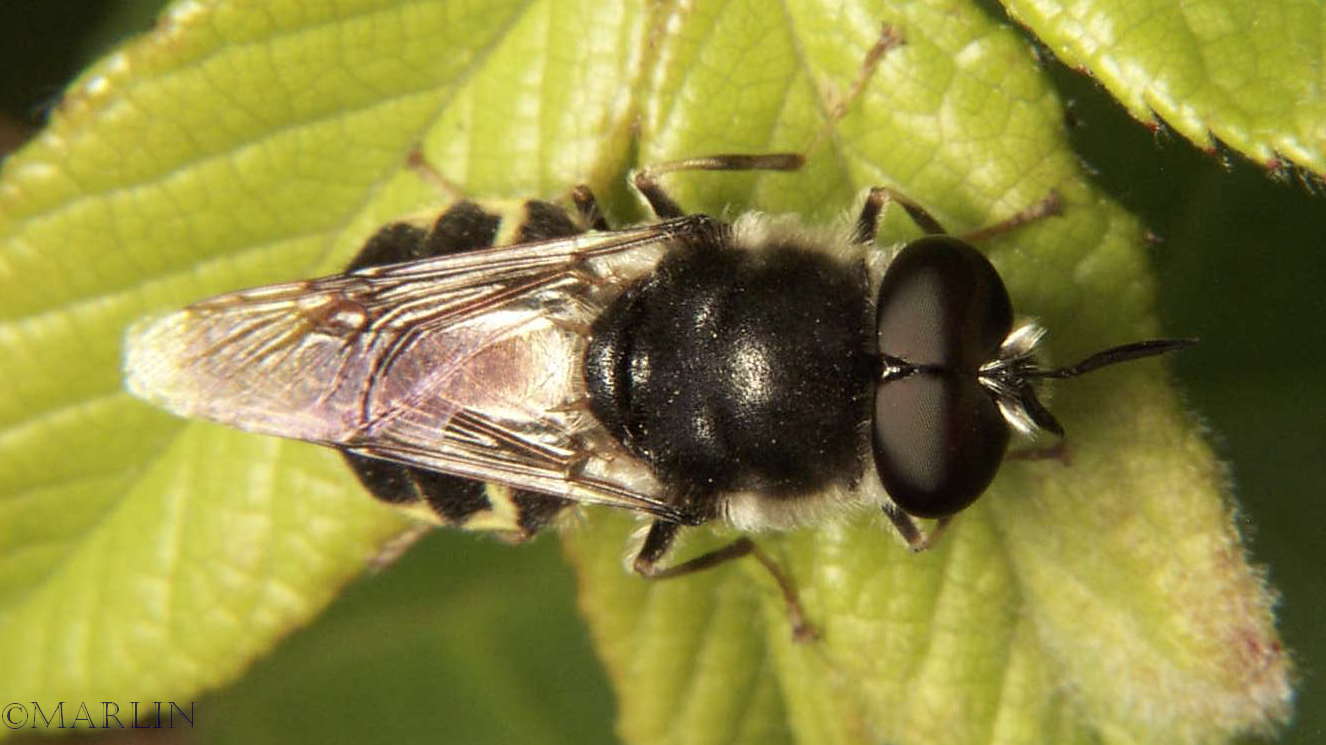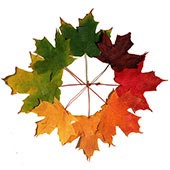Soldier Fly – Stratiomys barbata
The family Stratiomyidae, commonly known as soldier flies, is a diverse and ecologically important group of insects within the order Diptera. With over 2,800 described species, they exhibit a wide range of morphological and behavioral adaptations, contributing significantly to various ecosystems worldwide.
Live adult soldier fly photographed in the wild at Winfield, Illinois.
The family Stratiomyidae holds significant ecological and economic importance. As decomposers, larvae aid in breaking down organic matter, playing a crucial role in nutrient cycling. Some species are also effective predators of other insects, contributing to natural pest control.
Flies Main | Flies Index | Bee Flies | Robber Flies


